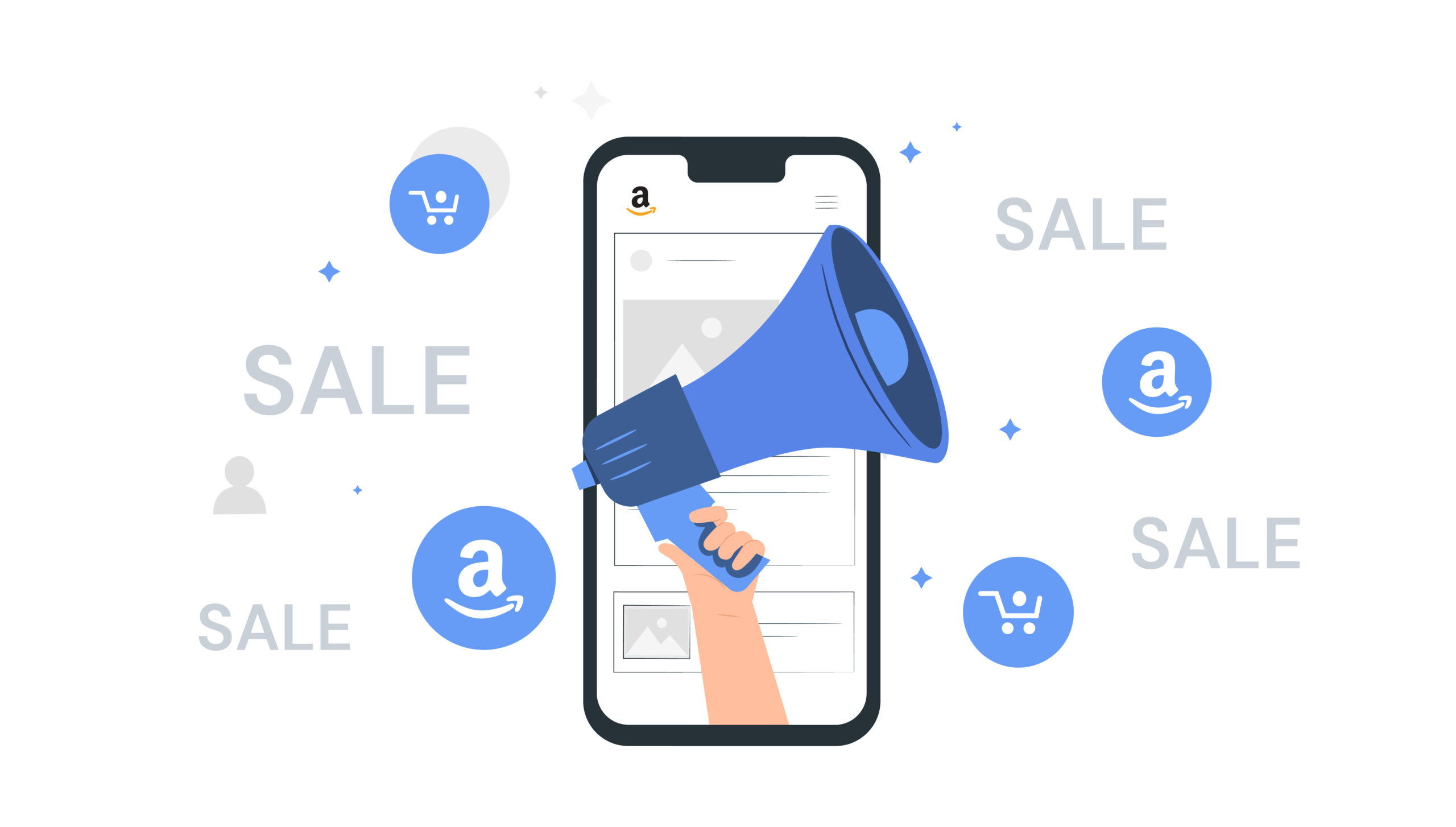
When it comes to Kindle Publishing, many authors think Amazon ads are the golden ticket to success. However, you can’t expect to be profitable from ad sales alone. Here’s why:
Amazon ads can be a powerful tool for visibility, but they are costly, especially when you’re selling lower-priced products like books. For instance, the average cost-per-click (CPC) on Amazon is around $1. If you’re selling a book at $15 with a 35% royalty rate, you’re making around $5 per sale. To break even, you’d need one sale for every five clicks, which means you need a 20% conversion rate—a figure that’s incredibly difficult to maintain in a competitive marketplace. Most publishers find it tough to hit these numbers, which is why ad-based sales alone won’t sustain profitability.
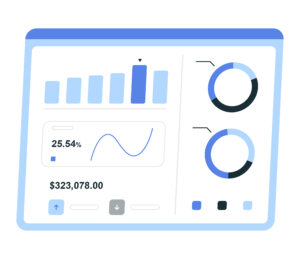 Where you make your real profits in Kindle Publishing is through organic sales—sales that come naturally through Amazon search or customer recommendations without the cost of ads eating into your margins. Organic sales are key because, unlike paid ads, they don’t require constant investment. The purpose of ads is to drive visibility, attract initial traffic, and transition into sustainable organic sales.
Where you make your real profits in Kindle Publishing is through organic sales—sales that come naturally through Amazon search or customer recommendations without the cost of ads eating into your margins. Organic sales are key because, unlike paid ads, they don’t require constant investment. The purpose of ads is to drive visibility, attract initial traffic, and transition into sustainable organic sales.
Many successful KDP publishers use ads as a short-term strategy to get their books in front of readers but focus on converting those readers into organic sales over time. This long-term strategy ensures that ad spend doesn’t drain profits while still allowing you to scale your book’s visibility.
To understand why organic sales matter, it’s crucial to grasp how the Amazon A9 algorithm works. Amazon’s algorithm determines which books appear higher in search results and recommendations, largely based on factors like:
What’s important to note is that Amazon’s A9 algorithm doesn’t differentiate between ad-driven sales and organic sales. As long as your book is selling, regardless of how people find it, it boosts your overall ranking. This means ads can help by driving initial traffic, which the algorithm uses to determine if your book should be shown more prominently in organic search results. The more visibility your book gets, the higher the chances of converting clicks into sales—and boosting your ranking further.
KDP advertising plays a crucial role in helping your book stand out in a crowded marketplace, but it’s more than just paying for clicks—it’s about leveraging Amazon’s algorithm to your advantage. Here’s how it works:
Amazon’s A9 algorithm is designed to show books that have a high chance of converting to sales. One of the key metrics it uses to determine which books to promote is the conversion rate—how many visitors to your book page actually end up buying the book.
Since Amazon’s A9 algorithm doesn’t differentiate between sales that come from ads and those that come from organic search, every sale contributes to your book’s overall conversion rate, which helps improve its ranking.

This means that KDP ads can be a powerful way to drive traffic to your product page and start generating those initial sales that fuel Amazon’s ranking system. When more people visit your product page and make purchases, your overall conversion rate improves, which tells Amazon that your book is relevant and popular—leading to better rankings.
Once your ads start gaining traction, they can create a positive feedback loop. More clicks and sales, which in turn improves your book’s ranking over time. As your ranking improves, your book becomes more visible to shoppers organically, and you start generating more organic sales without additional ad spend. This is the ultimate goal of running ads: to reach a point where organic sales begin to dominate.
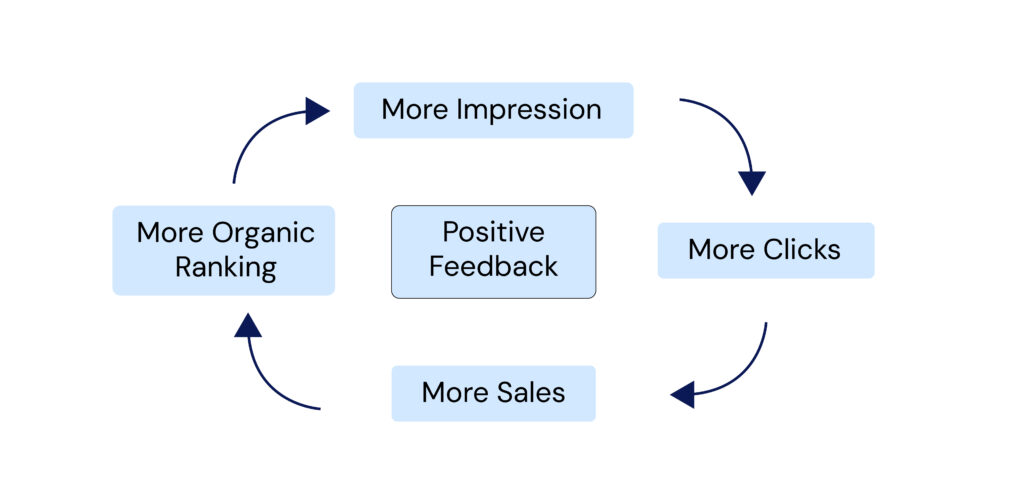
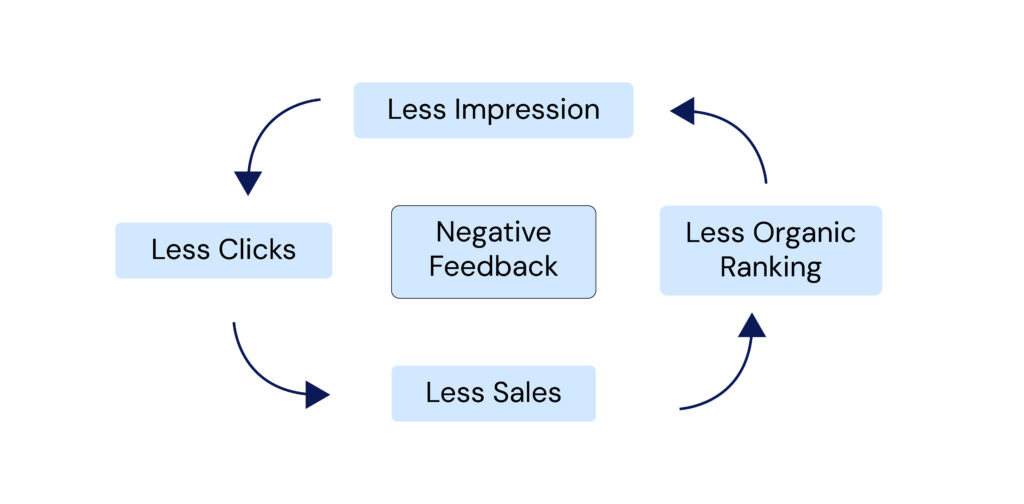
However, this can also work in reverse. If your ads bring clicks to your product page but don’t convert to sales, it can hurt your book’s overall ranking. Amazon’s algorithm will interpret your book as less relevant to those searching for similar books, and your book’s visibility may drop.
KDP ads allow you to speed up the process of gaining visibility by targeting the right audience. With Amazon’s ad tools, you can reach readers based on specific keywords they are searching for, or target readers who are browsing similar or competitive books. This targeting helps Amazon’s algorithm better understand who your ideal audience is, and as more people from this audience visit and buy your book, your organic ranking improves.
While Amazon PPC and organic rankings play a crucial role in getting visibility, what ultimately determines profitability is the overall quality of your book’s brand. Readers don’t just buy books—they buy into authors, compelling titles, professional presentations, and trusted brands.

Your book needs to differentiate itself in a crowded market. A strong title, well-defined target audience, and clear unique selling points (USPs) make all the difference.
No matter how good your book is, people do judge a book by its cover.
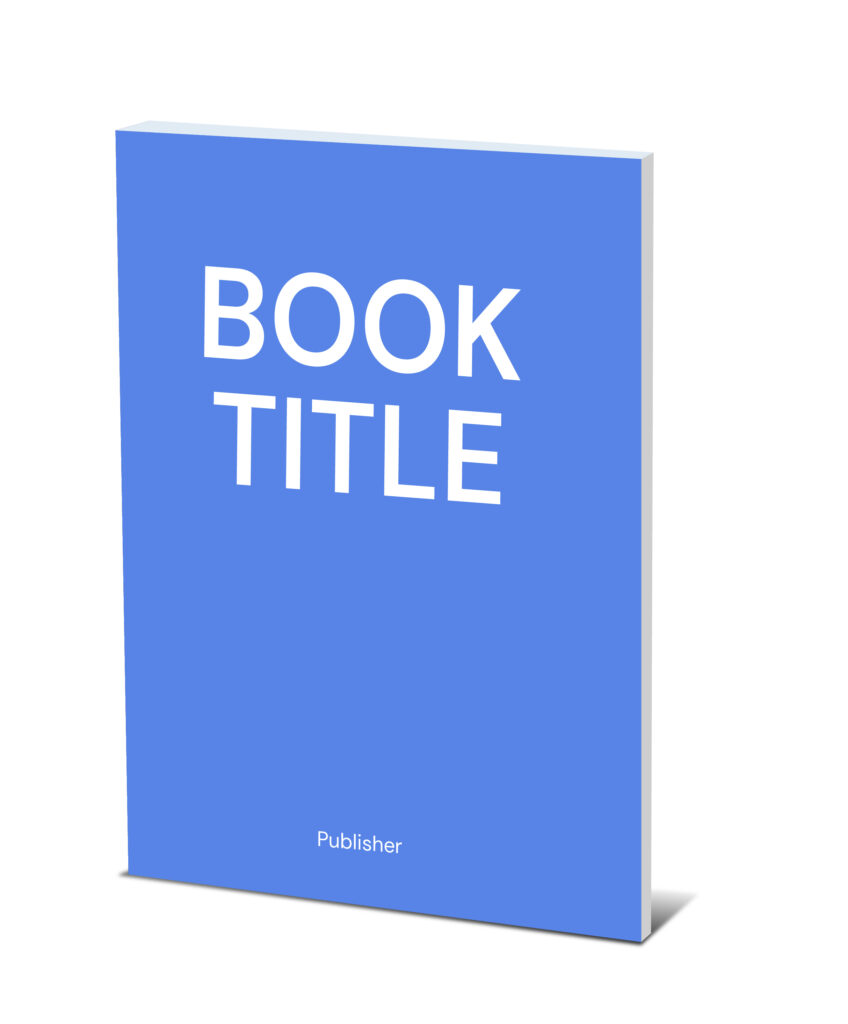
Your book description isn’t just a summary—it’s a sales pitch.
While your book description is text-heavy, Amazon’s A+ Content allows you to add visual elements that create a more engaging experience for potential buyers.

More reviews = more trust.
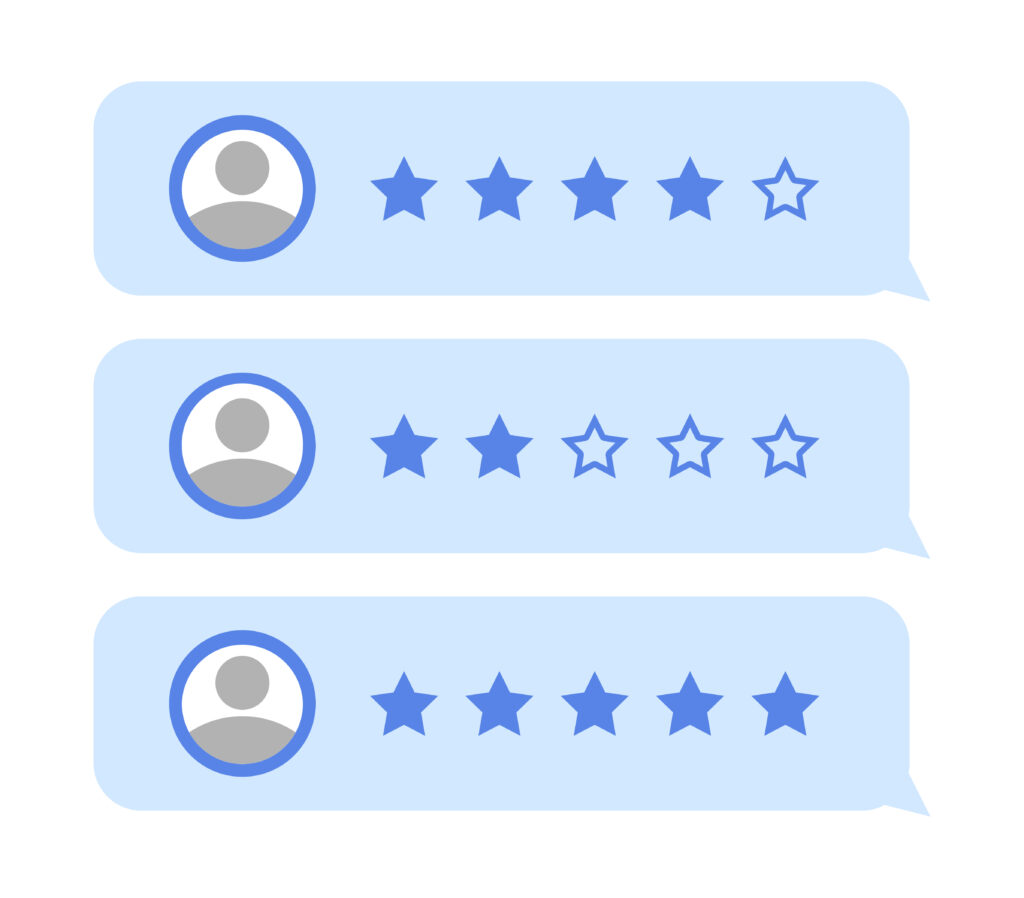
Achieving success in Kindle Publishing isn’t just about running Amazon ads or ranking higher in search results. While ads help drive initial visibility and organic sales fuel long-term profitability, neither will be effective if your book lacks strong branding and positioning.
A profitable KDP business comes from the right combination of three key elements:
By focusing on how your book is positioned, how well it converts visitors into buyers, and how effectively you leverage Amazon’s ecosystem, you can create a scalable and profitable self-publishing business.
Now that you understand the three key pillars of a profitable Kindle publishing business—Amazon ads, organic sales, and strong brand positioning—the next step is putting them into action effectively.
At BackedBy Services, we offer fully managed Amazon ad campaigns to help you maximize visibility while also providing guidance on optimizing your book’s brand, cover, and positioning for long-term success.
Book a free call today to see how we can help you achieve profitable results!
THIS WEBSITE IS NOT A PART OF FACEBOOK OR FACEBOOK INC. ADDITIONALLY, THIS SITE IS NOT ENDORSED BY FACEBOOK IN ANYWAY. FACEBOOK IS A TRADEMARK OF FACEBOOK INC.